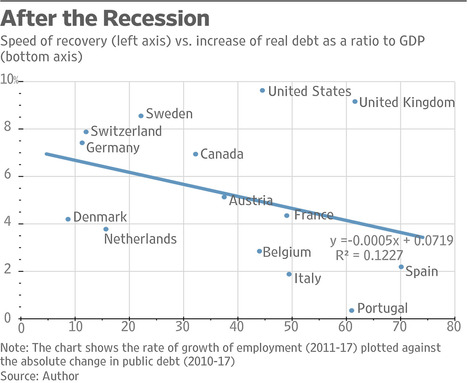(p. A15) This past weekend [Sat., March 2, 2019], The Wall Street Journal published a series of stories titled “Inside the Hottest Job Market in Half a Century.” As far as I’m concerned, this jobs record is the story of the year. The Journal’s articles transformed a year of economic data into the new daily reality of getting paid to work in America.
“All sorts of people who have previously had trouble landing a job are now finding work,” the Journal reported. “Racial minorities, those with less education and people working in the lowest-paying jobs are getting bigger pay raises and, in many cases, experiencing the lowest unemployment rate ever recorded for their groups. They are joining manufacturing workers, women in their prime working years, Americans with disabilities and those with criminal records, among others, in finding improved job prospects after years of disappointment.”
Example: A 23-year-old woman, Cassandra Eaton, a high-school graduate and single mother who was working for about $8 an hour at a day-care center in Biloxi, Miss., is doing now what previously would have been unimaginable. She’s an apprentice welder making $20 an hour at a shipyard in Pascagoula.
The unemployment rate for high-school dropouts, a status many depressing books and studies show puts one close to the bottom of the barrel for getting ahead in America, is 5%. Their median wages the past year rose 6%.
For the full commentary, see:
Daniel Henninger. “WONDER LAND; Story of the Year; You have to be obtuse to stare at this jobs record and pretend it isn’t happening.” The Wall Street Journal (Thursday, March 7, 2019): A15.
(Note: bracketed date added.)
(Note: the online version of the commentary has the date March 6, 2019.)

